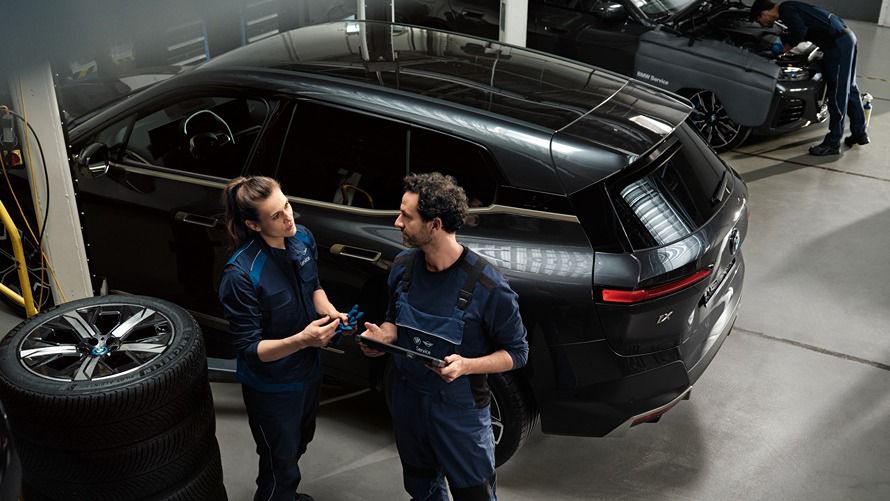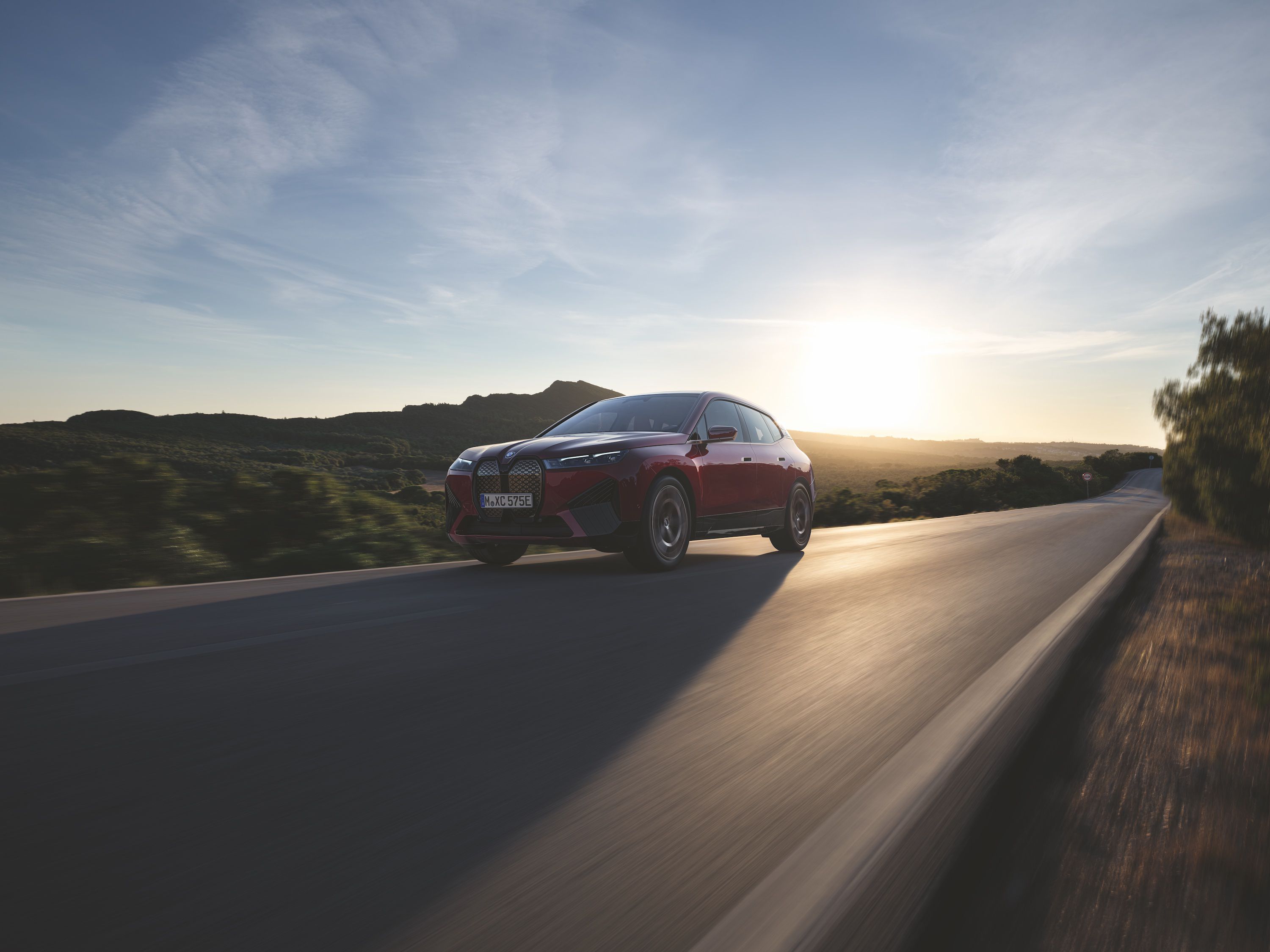Find your BMW.
Compare Vehicle.
Build Your Own.
Request a Test Drive.
New Car Locator.

Safety Recalls.
BMW New Zealand takes all safety recalls very seriously. Our customer’s safety in our products continues to be of paramount importance and it remains our objective to have all vehicles subject to any recall rectified as soon as possible.
X1 sDrive18i PPW Offer:
^ Offer based on new and demo BMW X1sDrive18i with a RRP of $66,500.00, fixed interest rate of 6.99% p.a. on a 60 month BMW Standard Loan contract (excludes Full Circle product), with an initial customer deposit / trade in of 14% of RRP with maximum balloon of 40% of RRP with vehicle financed and delivered from 18.08.2025 to 31.12.2025. 60 monthly payments of $807.74 and a balloon payment of $26,600.00 at month 60. Total amount payable is $84,374.45, which includes an establishment fee of $275, PPSR of $10.35, dealer origination fee of $200. Weekly payment means the estimate of the weekly cost to you for budgeting purposes of the monthly payments required for this monthly finance product. BMW Finance terms, conditions and standard lending criteria apply. Not available in conjunction with any other offer. BMW Finance reserves the right to vary, withdraw or extend this offer.
X1 sDrive18i 0% interest# offer:
* The BMW X1 sDrive18i manufacturer recommended price of $66,500 including GST. Excludes on road costs (ORC), optional extras and delivery costs. Limited stock available. Consult your BMW dealer for further details, availability, and ORC. Pricing current 18.08.2025 and subject to change.
# Fixed interest rate of 0% available on new and demo BMW X1sDrive18i on a 24-month BMW standard loan contract (excludes Full Circle product) with 1/3 deposit, 1/3 payable in month 12 and 1/3 payable in month 24 with vehicles financed and delivered from 18.08.2025 to 31.12.2025. An establishment fee of $275, PPSR fee of $10.35, a dealer origination fee of up to $500 and on road costs apply. BMW Financial Services terms, conditions and standard lending criteria apply. Not available in conjunction with any other offer(s) or additional extras. BMW Finance reserves the right to vary, withdraw or extend this offer.






